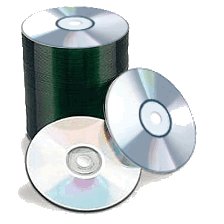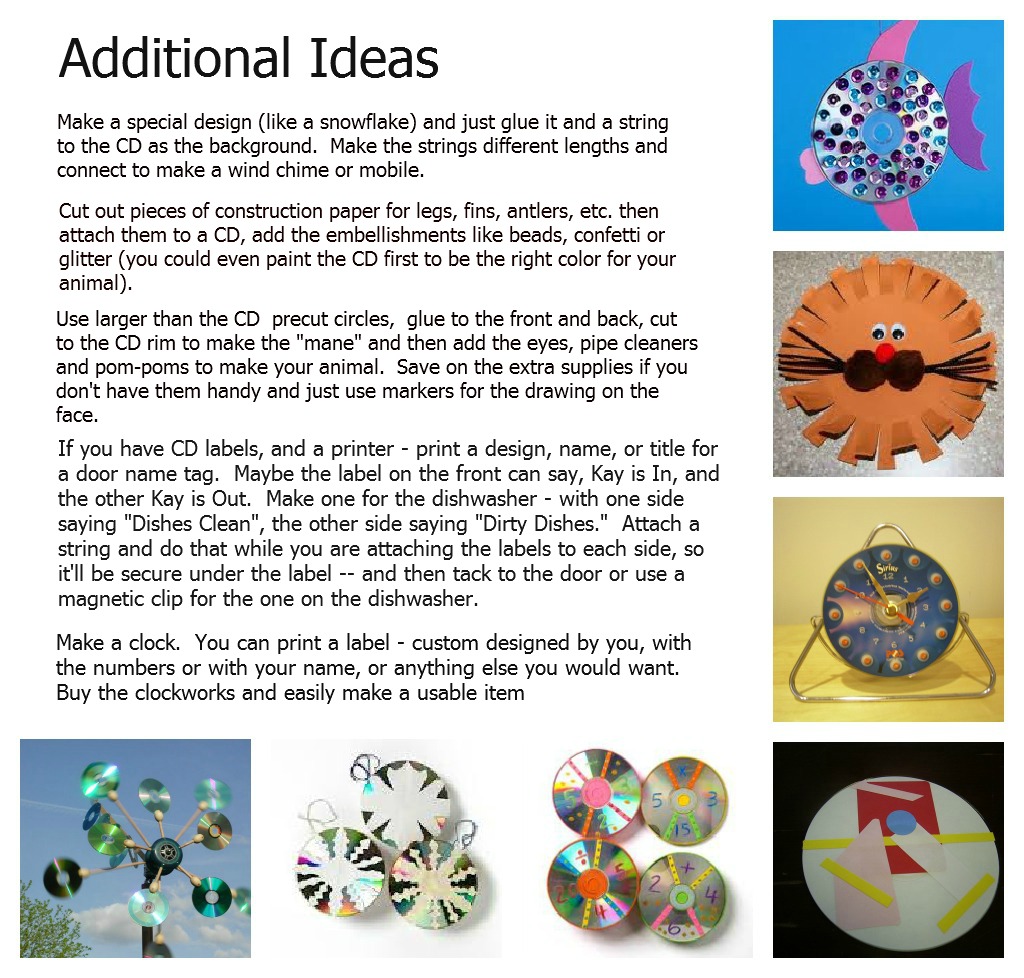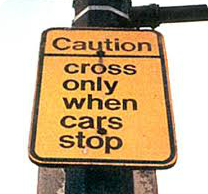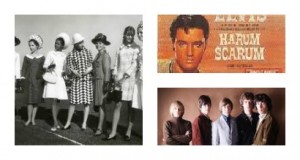
Recycling is usually not annoying for me. It’s something I think we all should do on a regular basis. There are so many useful things today that can be made out of recycled and reused materials that it just doesn’t make sense to fill a landfill instead of recycling. But I have a dilemma – while I want to recycle the pallet of used CD/DVD media that I have in my warehouse, I cannot find someone who really wants to take the material off my hands. After searching for a minimum of six months to find a recycler for my one pallet of used CDROMS for recycling, I am getting annoyed. There are a few places who will, but they aren’t local, and they will charge me several hundred dollars for the privilege. I really want to recycle, but I don’t want to have to pay to give them away. I understand that the process to recycle this media isn’t an easy one, and not many recycling centers even want to attempt the complex process needed to break down the media back into usable products.

If you have ever tried to recycle your CD’s – you may already know they are a #7 to the plastic industry ~ the official “other” category of the plastic family. Anything that doesn’t fit into categories #1-#6, get by default into #7. CD and DVD media falls into the #7 category because they are made of a combination of aluminum, polycarbonate (PC) plastic, lacquer and many times, if printed, ink. They are not one of the easiest plastics or products to recycle. Many recycling centers won’t even consider taking them. Most #7 plastics are non-recyclable and some can be downright dangerous to you.
Nalgene water bottles, some Tupperware, some baby bottles, the inner lining of soft drink cans, some clear plastic containers as well as CD/DVD media are made with something called polycarbonate (PC) plastic. This particular plastic releases a chemical called Bisphenol A or BPA as it decomposes. BPA is a hormone, much like estrogen, and it when it leeches into our food and water supplies can cause significant health issues.
So I thought I’d provide some “alternative” ways to recycle them into art and avoid piling them into a landfill. Please note: I am not a crafty person. I do this in partial desperation to encourage people to “want to have” used CD’s so that they can freely be creative!
First, I covered the CD. I used regular CD label stock as well as using a large white adhesive label, tracing and cutting out the circle size I would need to cover the media. If you don’t have CD label stock, you can always use adhesive sheet paper. Alternatives to that include using paint (always fun for kids) and/or paper glued to the CD. If you use paper, consider construction paper, or something a little more substantial in weight because the glue won’t dry super smooth and may soak into the paper. After I affixed the circles I had cut out – I used a one sided razor blade to “shave” around the edges. The beauty of covering the CD is that if you wanted to let the little ones color or draw on them, you’d be able to do that now and you’d be done.

These are now ready for the next step in the process. You can trace, draw, color, or even provide stickers for your artwork. And if you plan on hanging the artwork you could do that through the middle of the CD. If you want to use a string, or ribbon plan ahead and do it at the same time as your adhesive label material to hold it in place!
If you have talent in the art or craft department, you probably can make some wonderful things! Sadly, I don’t.

If you have thousands or want to use more than just a couple CD or DVD media pieces to complete your project, this next group should give you some more challenging ideas. These are not recommended for children. The CD’s when broken, cut or punched can make very sharp edges and you should never let children attempt to do any of that themselves.

So now can I get anyone to take about 25,000 of these?




